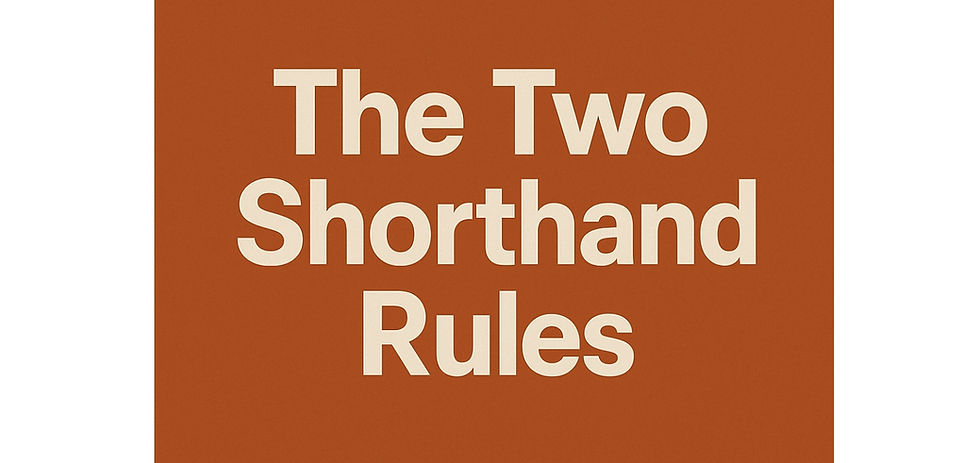The Two Shorthand Rules for Understanding Trump
- john raymond
- Jun 22
- 2 min read

There is much that goes into my understanding Trump—models, frameworks, pattern-matching to autocrats, betrayal cycles, and asymmetric warfare theories...
But for those trying to make sense of his behavior in the real world, there are two brutally simple shorthands.
These are not clever Twitter quips. They are field-tested heuristics for reading the moves of the most dangerous man ever to occupy the Oval Office.
Rule One: If it helps out Putin, Trump will likely do it.
This rule has played out so consistently across two terms that it may as well be engraved on the Resolute Desk. It doesn’t matter whether the move is economically irrational, politically toxic, or morally obscene. If it furthers Vladimir Putin’s geopolitical goals, especially those that damage NATO, fracture Western unity, or give Russia room to operate in Ukraine or elsewhere, Trump will find a way to justify it.
Tariffs that isolate the US and China but bring Xi back into Moscow’s orbit? Trump will do it. An attack on Iran that distracts from Russian setbacks and enabled stronger Kremlin measures in Ukraine? Trump will do it. Military withdrawals that leave Eastern Europe vulnerable? Trump will frame it as “America First” and sell it to his base.
Rule Two: If it is the most evil, vile shit imaginable, Trump will probably do it.
This rule explains his actions not as missteps or blunders, but as expressions of deep character. He doesn’t merely tolerate evil—he gravitates toward it. Separating children from their parents at the border. Siding with white supremacists after Charlottesville. Calling for executions of his political opponents. Launching bombing raids on nuclear facilities without Congressional approval. Trying to overturn elections. Encouraging insurrection. The pattern isn’t coincidence. It’s choice.
And while these aren’t laws of physics, they may as well be the governing laws of Trump’s psychology and strategy. His theatrical “two weeks” delay before bombing Iran? Classic Trump—appearing moderate just long enough to outmaneuver skeptics, then delivering on the most inflammatory course of action. His "now is the time for peace" post on Truth Social, immediately after a unilateral airstrike? A grotesque flourish of gaslighting.
It was never about peace. It was about dominance, chaos, and the ultimate service of his master in Moscow.
To understand Trump using these two shorthand rules is not to decode some policy rubric or electoral map. It’s to grasp that Trump is not just a flawed president but a vessel for authoritarian coordination. Putin’s pawn. Evil’s agent. Everything else flows from that.
If you want to know what he’ll do next, ask yourself:
Does it help Putin?
Is it pure evil?
If the answer to either is yes, prepare accordingly.






Comments